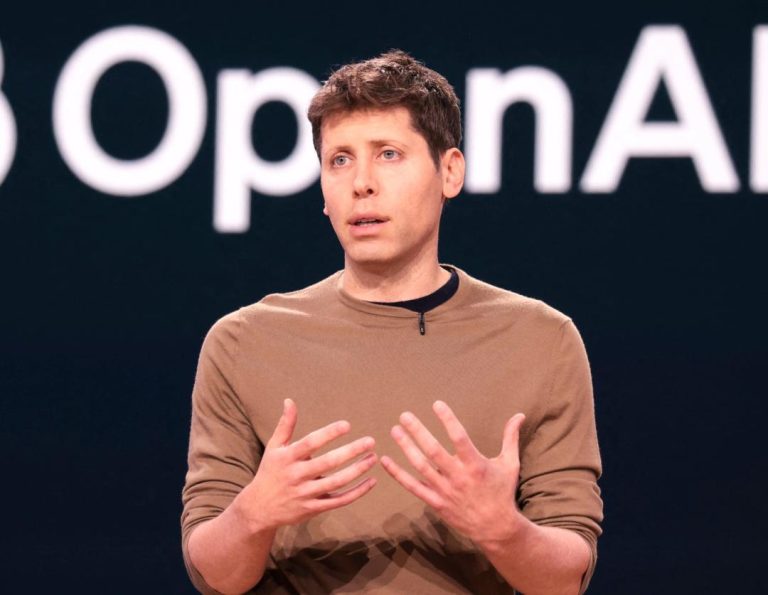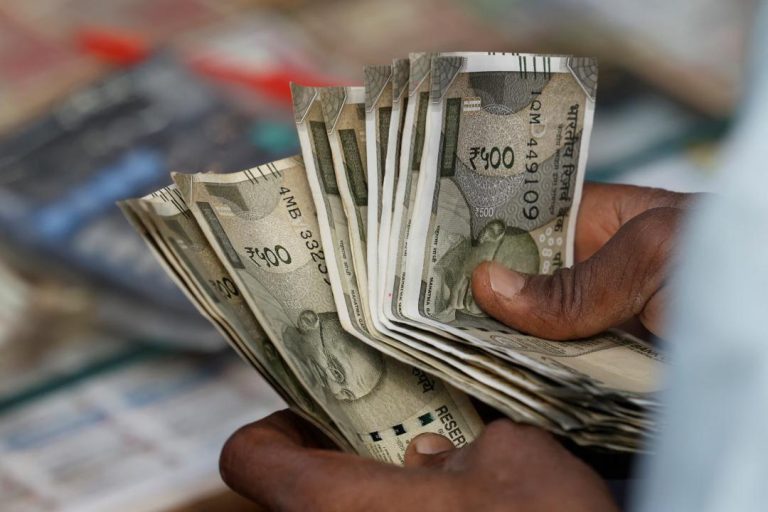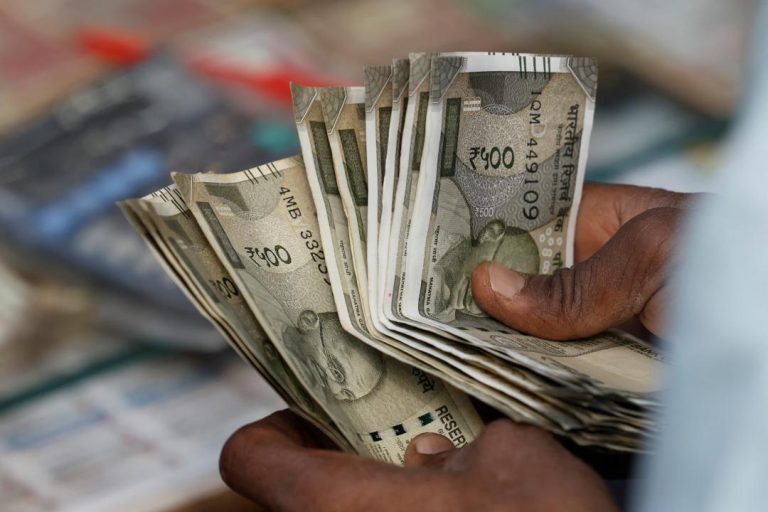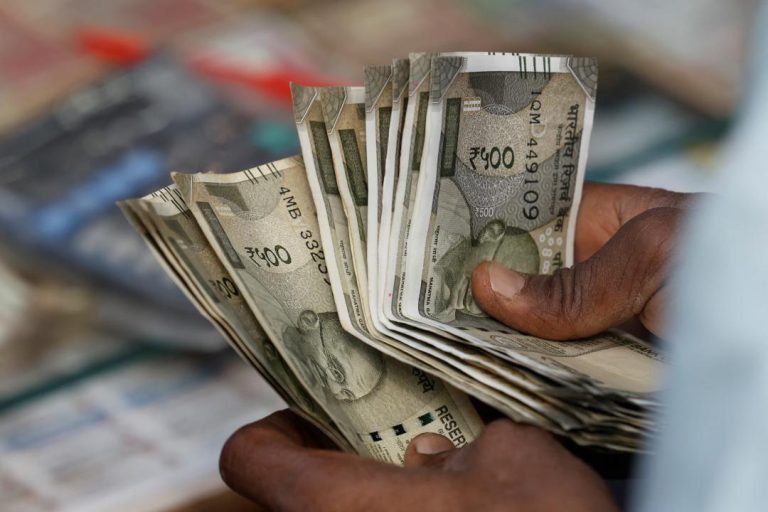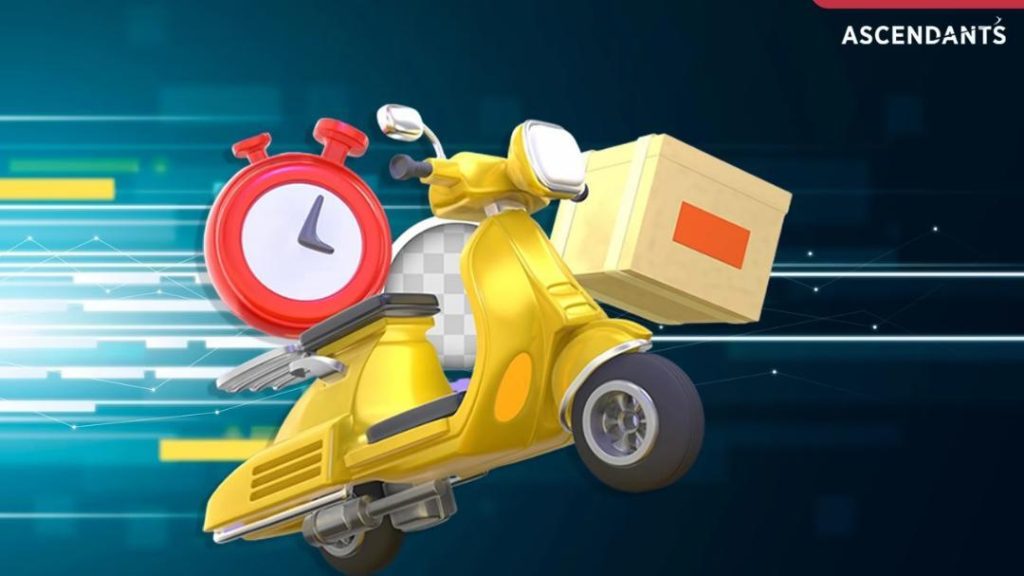
India’s New Obsessions: Quick Commerce & Short Drama Apps
In today’s digital age, India is witnessing a significant shift in consumer behavior, driven by the rise of quick commerce and short drama apps. These innovations have revolutionized the way Indians shop and entertain themselves, with speed and personalization becoming the key differentiators. In this blog post, we’ll delve into the world of quick commerce and short drama apps, exploring their impact on urban India’s digital habits.
Quick Commerce: The Rise of 10-Minute Deliveries
Quick commerce, also known as instant delivery or hyperlocal delivery, has taken India by storm. According to a recent report, the quick commerce market in India crossed ₹7,500 crore in FY24. This growth is attributed to the increasing demand for convenience and speed in urban India. With the proliferation of smartphones and the rise of e-commerce, consumers are now expecting same-day or even real-time deliveries.
The most popular quick commerce platforms in India include Zomato, Swiggy, and Dunzo, which have disrupted the traditional logistics and delivery landscape. These apps have created a new ecosystem, where consumers can order anything from food to groceries to essentials, and have them delivered at their doorstep within minutes.
The success of quick commerce can be attributed to its ability to cater to the changing consumer behavior in urban India. With increasing urbanization and busy lifestyles, consumers are looking for ways to save time and energy. Quick commerce platforms have responded to this demand by offering a seamless and convenient shopping experience.
Short Drama Apps: The Rise of 3-Minute Thrills
Short drama apps, also known as short-form video apps, have also gained immense popularity in India. These apps have given birth to a new genre of content, featuring 3-minute to 5-minute episodes of drama, thriller, and comedy. According to a recent report, short drama apps saw 300 million users in 2025, up 40% from 2023.
The most popular short drama apps in India include MX Player, SonyLIV, and ZEE5, which have created a new wave of content creators and producers. These apps have disrupted the traditional television and film industry, offering a new format for storytelling and entertainment.
The success of short drama apps can be attributed to their ability to cater to the changing consumer behavior in urban India. With decreasing attention spans and increasing demand for bite-sized content, short drama apps have responded by offering a new format for entertainment.
Ad Revenues Soar
The growth of quick commerce and short drama apps has also led to a significant increase in ad revenues. According to a recent report, ad revenues for short drama apps hit ₹2,000 crore in 2024. This growth is attributed to the increasing popularity of these apps, as well as the rise of targeted advertising.
The most popular ad formats on short drama apps include video ads, display ads, and sponsored content. These ads are often targeted based on user behavior, demographics, and interests, offering a high degree of accuracy and effectiveness.
Impact on Consumer Behavior
The rise of quick commerce and short drama apps has had a significant impact on consumer behavior in urban India. These innovations have redefined the way consumers shop and entertain themselves, with speed and personalization becoming the key differentiators.
Consumers are now expecting same-day or even real-time deliveries, and are willing to pay a premium for convenience. Quick commerce platforms have responded by offering a range of services, including same-day delivery, midnight delivery, and express delivery.
Similarly, short drama apps have redefined the way consumers consume entertainment content. With decreasing attention spans and increasing demand for bite-sized content, short drama apps have responded by offering 3-minute to 5-minute episodes of drama, thriller, and comedy.
Conclusion
India’s obsession with quick commerce and short drama apps is a testament to the country’s rapid digital transformation. These innovations have redefined the way Indians shop and entertain themselves, with speed and personalization becoming the key differentiators.
As delivery platforms and content apps continue to innovate, we can expect to see further disruption in the way consumers behave. With the rise of voice assistants, augmented reality, and artificial intelligence, the future of quick commerce and short drama apps holds immense promise.
References:
